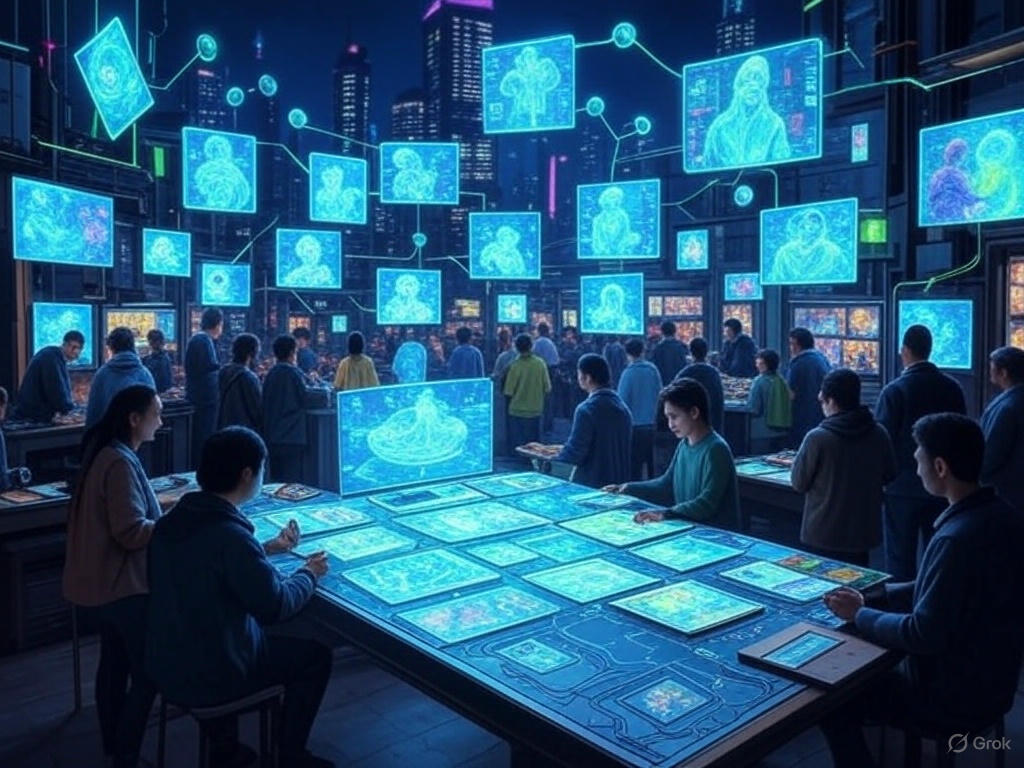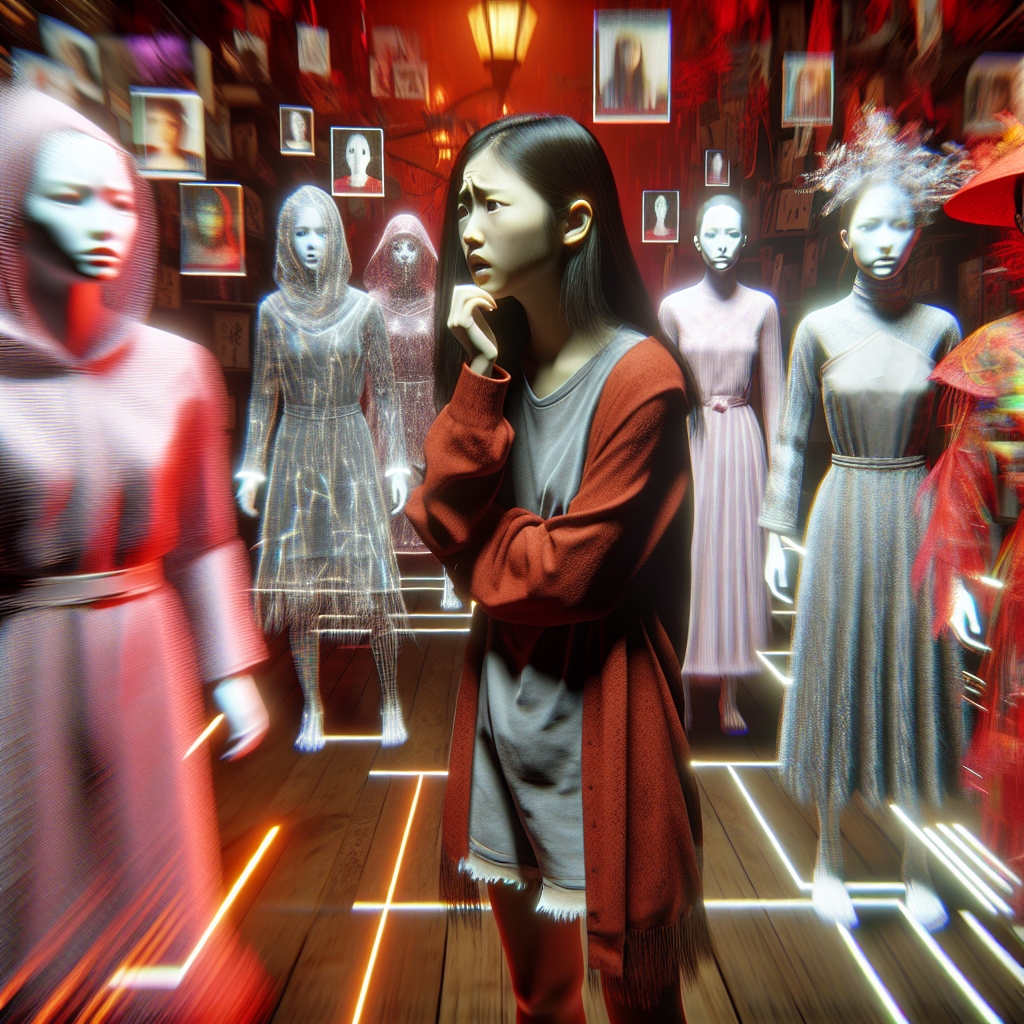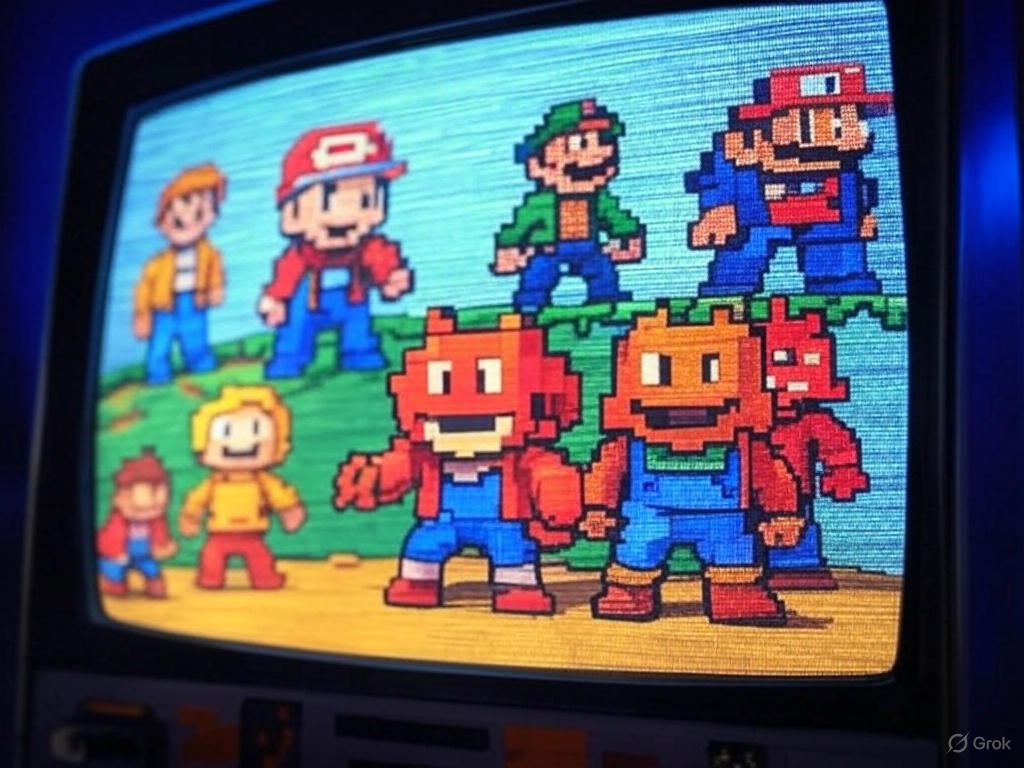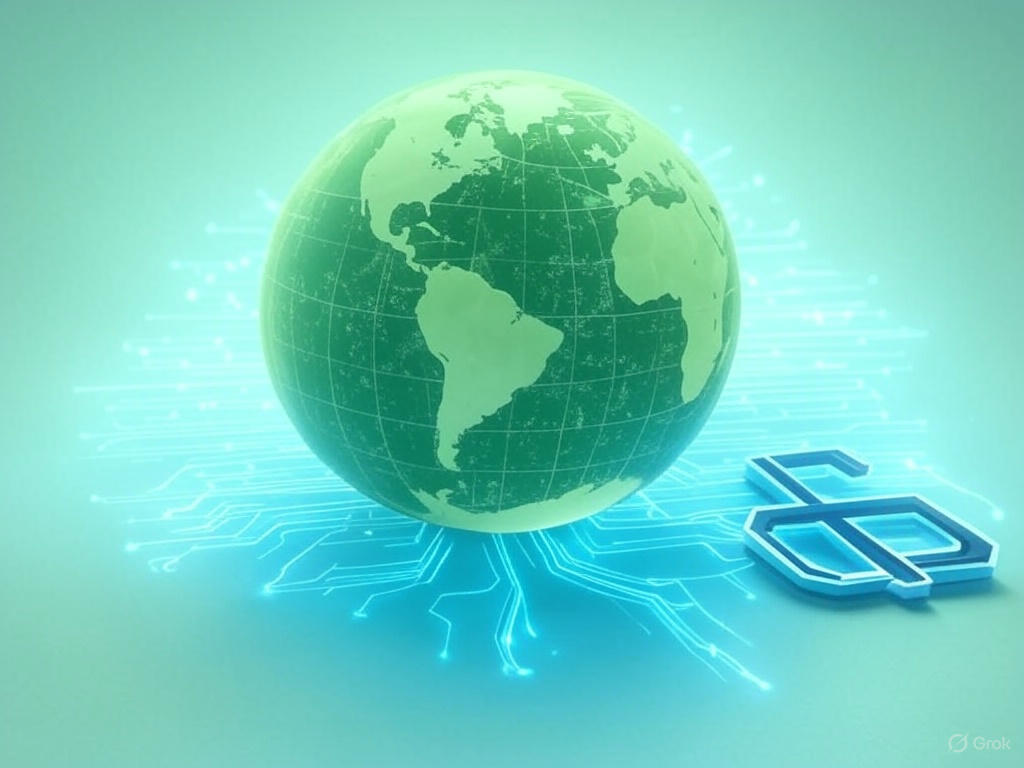The Rise of NFTs in Digital Art

NFTs, unique digital tokens stored on a blockchain, emerged in the mid-2010s but exploded in popularity in 2021. Unlike traditional digital files, which can be endlessly copied, NFTs provide a verifiable certificate of ownership and authenticity, addressing a critical challenge for digital artists. This innovation allowed artists to monetize their work in ways previously unimaginable, with the global NFT market reaching $17.6 billion in 2021, according to DappRadar.
High-profile sales defined the era. Artists like Pak, XCOPY, and FEWOCiOUS gained fame, while Beeple’s record-breaking sale at Christie’s drew mainstream attention. Collectors, from crypto enthusiasts to traditional art buyers, rushed to own these digital assets, viewing them as both investments and status symbols. The frenzy was fueled by the promise of a new art market where creators could bypass galleries and auction houses, selling directly to a global audience.
The Fall: A Market Correction
The NFT boom was not without flaws. By 2022, cracks began to appear as the speculative nature of many purchases became evident. The broader cryptocurrency market downturn, with Ethereum prices dropping, further dampened enthusiasm. By September 2024, NFT sales had fallen to $296 million, an 81% decline from $1.6 billion in March 2024, with transactions dropping from 7.3 million to 4.9 million in the same period. Many projects launched during the peak, often of low quality, failed to sustain value, leaving investors with depreciating assets.
Trust in the market waned due to issues like rug pulls, where developers abandoned projects after collecting funds, and market manipulation through wash trading. By November 2024, 98% of NFT collections created that year were inactive, with only 0.2% yielding profits. Despite a brief sales surge to $562 million in November 2024, the market remained volatile, suggesting that the initial hype had given way to a more cautious landscape.
Democratizing Art Ownership
One of NFTs’ most significant contributions is their role in democratizing art ownership. In the traditional art world, galleries and auction houses often control access, limiting opportunities for emerging artists. NFTs allow creators to sell directly to collectors worldwide, leveling the playing field. Artists from underrepresented backgrounds, like FEWOCiOUS, have used platforms like OpenSea to build vibrant communities and achieve financial success.
Smart contracts, a key feature of NFTs, enable artists to earn royalties on secondary sales, a rarity in traditional art markets. For example, an artist can receive 5-10% of each resale, providing a continuous revenue stream. Fractional ownership, where multiple investors own shares of an NFT, has also made high-value art more accessible. However, challenges like high gas fees on Ethereum and the complexity of blockchain technology have limited broader adoption, particularly for artists and collectors in less tech-savvy regions.
Relevance for Artists in 2025
In 2025, NFTs remain relevant for digital artists, though their role has evolved. The speculative frenzy has subsided, but the market has matured, with a focus on quality and utility. Institutions like the Centre Pompidou have acquired NFTs for their collections, and exhibitions like the Ashmolean’s “Money Talks” (on view until January 2025) feature NFTs alongside traditional art. Auction houses maintain regular NFT sales, and artists like Beeple continue to command high prices, with a recent piece selling for $15 million in March 2025.
Beyond art, NFTs have expanded into gaming, where players trade in-game items, and the Metaverse, where virtual real estate and avatars are tokenized. The gaming NFT market, valued at $471.9 billion in 2024, is projected to reach $942.58 billion by 2029. Hybrid NFTs, combining digital and physical assets, are also gaining traction, such as NFTs linked to physical prints or luxury goods. These developments suggest that NFTs are not just surviving but thriving in new contexts.
For artists, NFTs offer continued opportunities to monetize digital work, especially as platforms adopt more sustainable blockchains like Polygon and Solana, addressing environmental concerns. The market’s projected growth to $231.98 billion by 2030 underscores its long-term potential. However, artists must navigate challenges like market volatility and the need for technical expertise to fully leverage NFTs.
Challenges and Criticisms
Despite their promise, NFTs face ongoing criticisms. The environmental impact of blockchain technology, particularly Ethereum’s former proof-of-work system, drew backlash, though its 2022 shift to proof-of-stake reduced energy consumption. Speculation remains a concern, with many viewing NFTs as financial instruments rather than art. Accessibility issues, such as high transaction costs and the learning curve of digital wallets, continue to exclude some artists and collectors.
Moreover, the lack of a physical object poses a barrier for traditional art collectors, who often value tangibility. Stand-alone digital artists producing two-dimensional visuals struggle to break into the institutional art world, where multidisciplinary installations dominate. These challenges highlight the need for continued innovation to ensure NFTs remain inclusive and artist-friendly.
Conclusion
The NFT phenomenon in digital art was both a bubble and a breakthrough. The 2021 boom brought unprecedented attention to digital creators but was unsustainable due to speculation and low-quality projects. By 2025, the market has matured, focusing on artistic quality, institutional integration, and diverse applications. NFTs have undeniably democratized art ownership, empowering artists to reach global audiences and secure ongoing revenue. While challenges like volatility and accessibility persist, their expansion into gaming, the Metaverse, and hybrid forms suggests a lasting legacy. For artists in 2025, NFTs remain a powerful tool, not just for selling art but for redefining creativity in the digital age.
 Digital Art in Gaming: Blurring the Line Between Art and Entertainment
Digital Art in Gaming: Blurring the Line Between Art and Entertainment
 Digital Art in Gaming: Blurring the Line Between Art and Entertainment
Digital Art in Gaming: Blurring the Line Between Art and Entertainment
 Eco-Conscious Digital Art: Sustainability in a Digital Age
Eco-Conscious Digital Art: Sustainability in a Digital Age